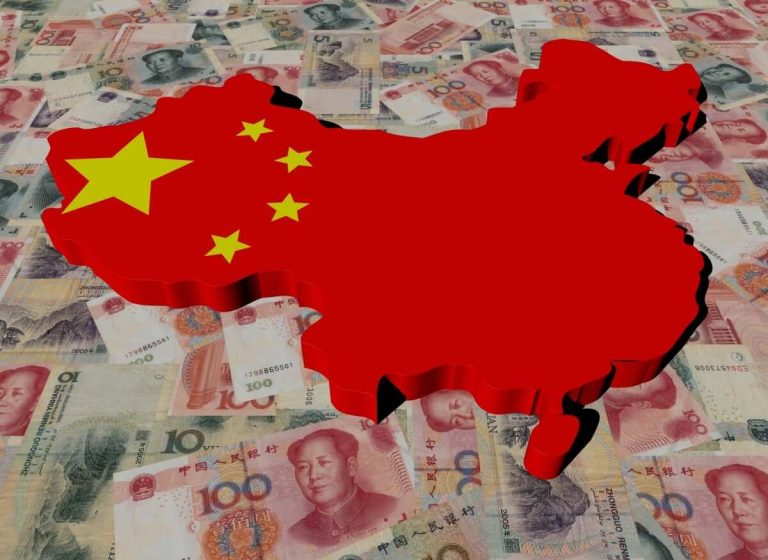Chinese Fiscal Power Surge: Battling the Old China Crisis
China is embarking on a bold strategy to supercharge its economic revival by unleashing a fresh wave of fiscal stimulus. This approach, however, falls short of implementing profound reforms, leaving lingering concerns about the future of the old China.
Government advisers recommend a move to increase the 2024 budget deficit target, surpassing the 3% of GDP threshold. This strategy would enable Beijing to issue more bonds, thus infusing vigour into the economy.
Faster Than Expected Growth
In the third quarter, China, the world’s second-largest economy, exceeded growth expectations. It also improved the chances of reaching its 2023 growth target, which hovers around 5%. Despite this positive turn, apprehensions endure regarding the declining private sector and the absence of the long-term reforms essential for transitioning to a consumer-driven economy.
Calls for Ambitious Reforms and the Future of the Old China
The tepid post-pandemic recovery underscores the pressing need for substantial structural reforms. These reforms are critical to establish a more sustainable foundation for future growth in China.
Economists caution that without these reforms, China risks falling into a protracted period of deflation and stagnant growth, which fails to uplift the living standards of its 1.4 billion people.
At present, the need for immediate solutions takes precedence over the call for ambitious political reforms. The focus has shifted toward fiscal and monetary support to sustain the recovery.
New China: Room for Fiscal Policy
Local governments have received instructions to finalize the issuance of special local bonds for infrastructure financing without being confined by predetermined quotas. Some advisers argue that the central government has the fiscal latitude to enhance spending, with its debt-to-GDP ratio standing at a modest 21%, in stark contrast to local governments at 76%.
Xu Hongcai, deputy director of the Economic Policy Commission at the state-backed China Association of Policy Science, emphasizes the role of fiscal policy. He stated that it must continue to play a leading role in the upcoming year. He warns that while actual growth for the next year might be lower than 5%, it cannot dip too low, as it may exacerbate issues such as employment and income.
Monetary Policy Constraints
The central bank has initiated conservative interest rate cuts and has injected more liquidity into the economy in recent weeks. Nonetheless, constraints persist due to concerns about potential capital flight and yuan depreciation.
Guan Tao, the global chief economist at BOC International and a former official at the State Administration of Foreign Exchange (SAFE), acknowledges that there is room for interest rate cuts and reserve requirement ratio adjustments. However, sustainability remains a key concern.
Political Constraints on Reforms
The urgency for more fundamental changes, especially market-based reforms, faces constraints due to the current political landscape. The state’s increased control over the Chinese economy, including the private sector, has limited the scope for significant market-oriented reforms.
The eagerly anticipated Communist Party plenum, which is likely to convene in November and traditionally focuses on reforms, might leave those anticipating substantial changes disappointed.
All in all, China is gearing up for a decisive fiscal power surge to invigorate its economy. While concerns about the old Chinese crisis continue to linger, the primary objective remains to sustain the ongoing recovery. The crucial balance between fiscal stimulus and the much-needed structural reforms will determine the future of the old China and its ability to avert a China inflation rate crisis.
The post Chinese Fiscal Power Surge: Battling the Old China Crisis appeared first on FinanceBrokerage.

